My name is Tosha Gaines and I am a contemporary portrait and event photographer based out of Birmingham, Alabama. I have been a pediatric occupational therapist for more than 18 years. I attended the University of Alabama at Birmingham knowing that I wanted to be an occupational therapist, and never saw myself working with adults; my love has always been in pediatrics. But along the way, things changed… for one, I never expected that I would fall in love with photography as much as I did, and that it would end up being not just a hobby, but a therapeutic modality and a business. I also never thought that I would be considered a neurodivergent until I realized later in life how different and unique my thought process was compared to others.

Transitions have always been hard for me. The inability to regulate my emotional state, and being overwhelmed with different sensory stimuli were not fully understood until I went to a psychologist with my concerns. I started to notice some of the signs that I saw within the clients I serve in myself. It all made sense when the psychologist told me that I had Asperger’s Syndrome, which is now considered as Level 1 Autism Spectrum Disorder. At the time, I was already grieving the loss of my dad, and now I had to grieve a diagnosis that I was not prepared to hear. I simply thought I was just weird and did not understand why I couldn’t be “normal” like the rest of my friends and colleagues. I started to isolate myself and stay home more, I was a little more self-conscious about everything that I do. However, one thing that did not change with my diagnosis was my love for photography.
How photography changed everything for me
Photography was my therapy. My camera has always been mediative and calming for me. Using photography was my controlled communication at a safe distance. I realized creating images brought pleasure to me and released my neurotransmitter dopamine (sorry, that was nerd talk). Photography also trained my brain on how to grow new connections within myself and others. Not only that, but it allowed me to reflect on topics that were atypical or difficult to talk about (like visible and invisible disabilities and traumatic experiences). I realized photography is not only a form of art; it is a means of expression and a way of communicating thoughts and feelings. A single photograph can tell a hundred different stories.
WILLIAM

Photos have a sort of healing effect for some people, especially for me. There are times when expressing emotions in words become too difficult and this is when photography can help. You can write down your thoughts and feelings and convert them into images. As my photography progressed, I eventually realized that I can be a visual advocate for myself and others as a form of therapeutic photography. I could connect my two careers as a photographer and as an occupational therapist into one.
The main ways I apply my occupational therapist background in my photography work are focusing on client-centered goals, creating a safe and supportive environment, and using photography as self-expression. Occupational therapy emphasizes client-centered goals, and therapeutic photography is no exception. I work with my clients to identify their goals for their photography session, whether it be self-expression, telling their story with images, or developing their “photovoice”. Photography can be a powerful tool for self-expression, and as an occupational therapist, I utilize this to help my clients explore their feelings and emotions. I encourage my clients to take photos that represent their emotions or experiences and use the photos as a starting point for discussion and reflection of their session. By applying occupational therapy principles to therapeutic photography, I can help my clients achieve their goals, provide them a voice, and enhance their quality of life.
GABRIELLA
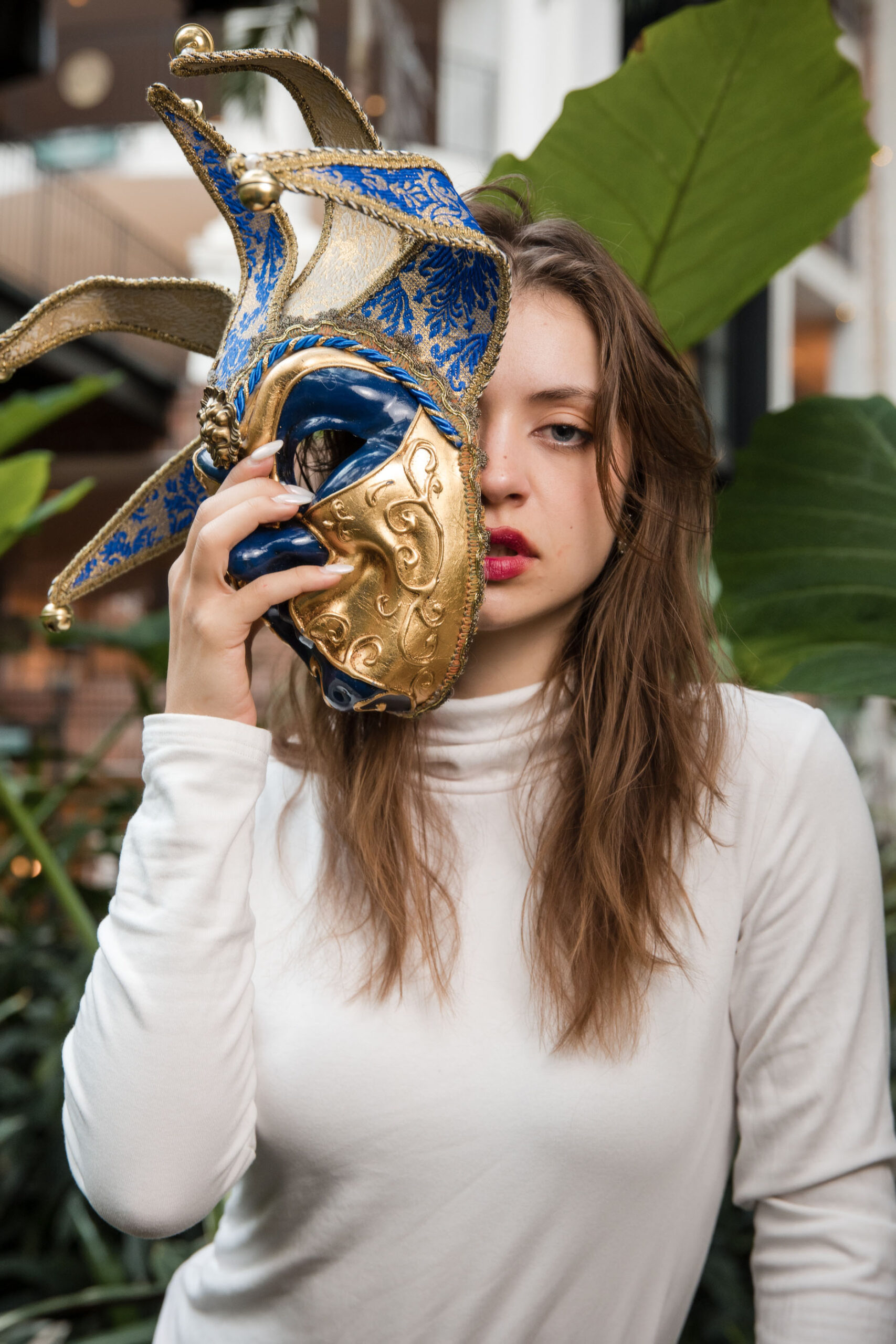
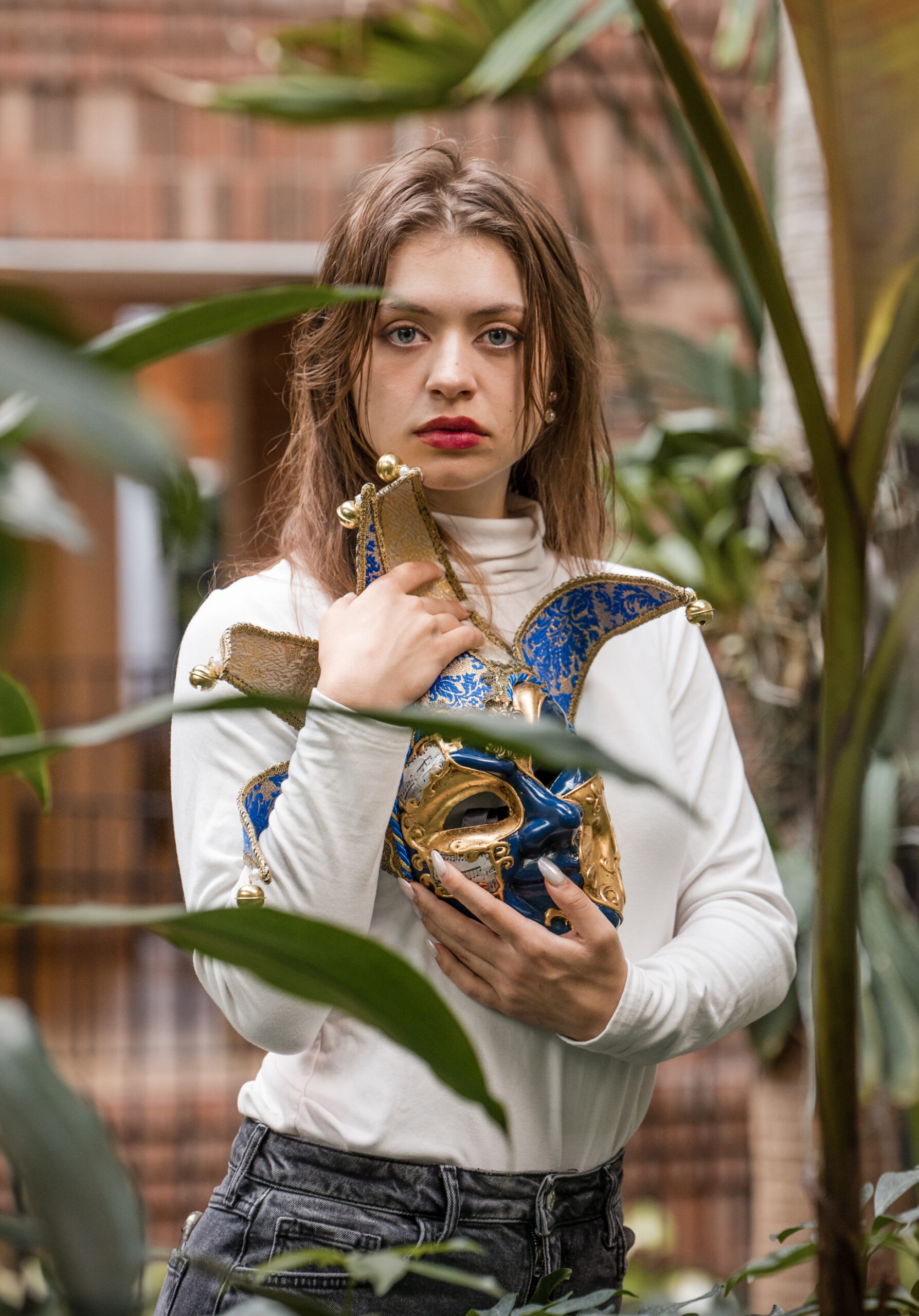
“Phototherapy” client sessions
When carrying out these sessions, I generally have a 30-60 minute consultation with my client in order to build rapport and to understand their purpose for the session. Therapeutic photography is different from traditional photography in that it is intended to help clients process emotions, heal from trauma, or explore personal growth. As a photographer, it’s important to understand the purpose of therapeutic photography and be prepared to facilitate a healing process. My purpose is to provide a safe space for my client during this experience. These sessions may involve exploring sensitive or painful emotions, so it’s important to create a safe and non-judgmental space where clients can feel comfortable expressing themselves. I prepare myself to focus on the process not the outcome. My sessions are less about the final product, and more about the process of taking photos and exploring emotions; encouraging clients to focus on the process of taking photos, rather than worrying about the quality of the final product.
JANELLE
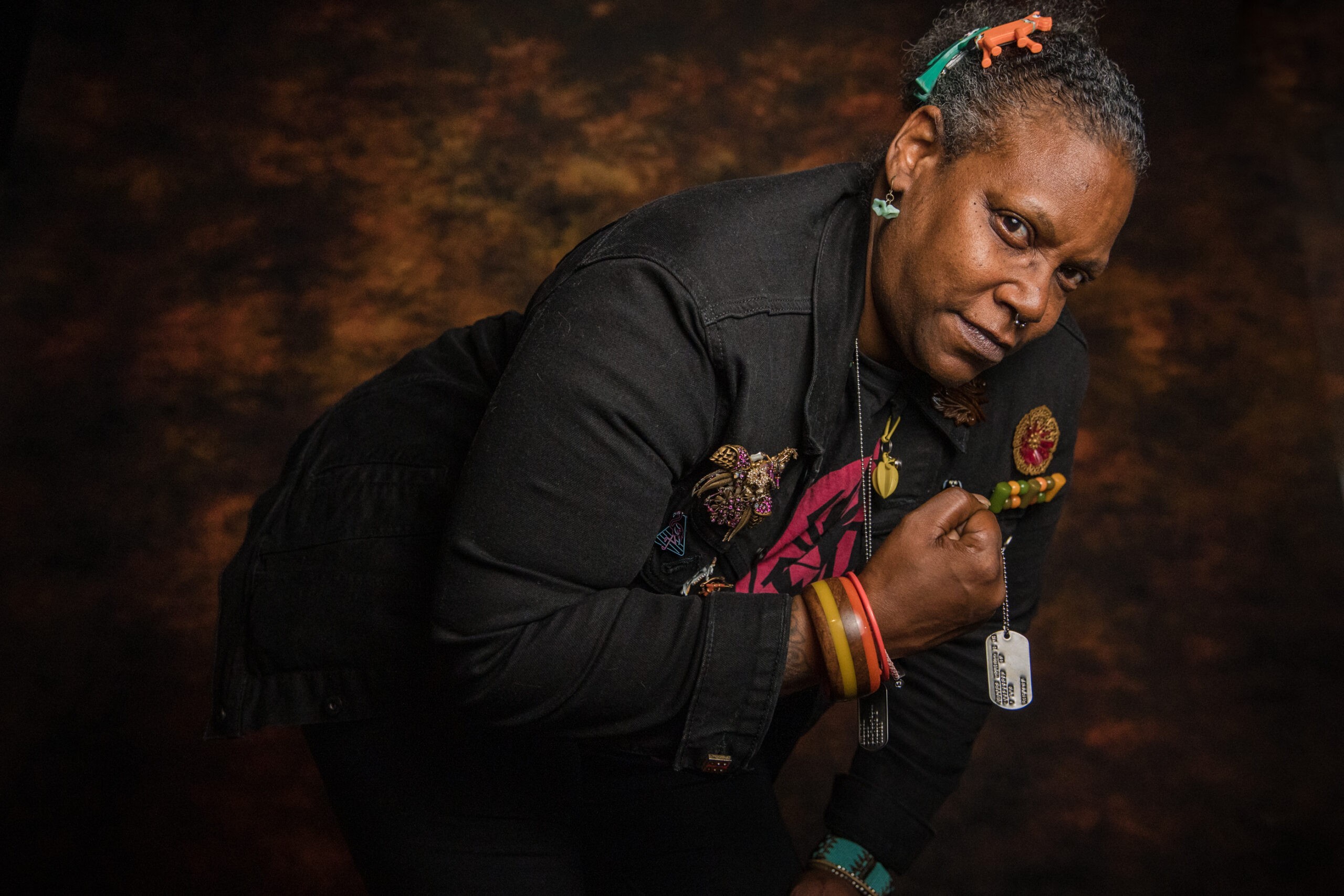
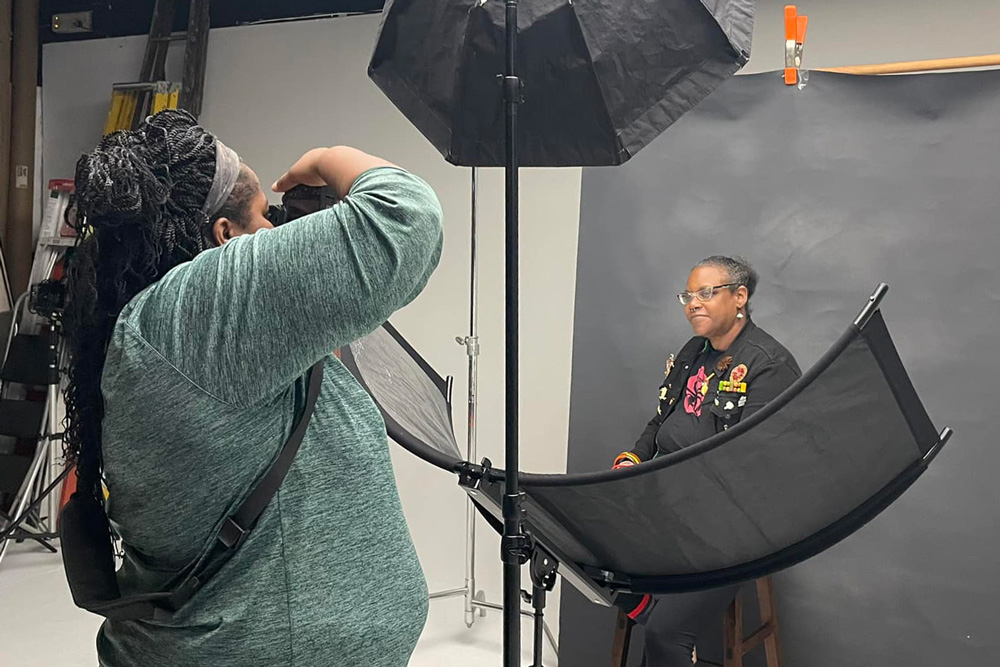
Generally, I use prompts throughout the session to help my clients explore their emotions and experiences through my lens. For example, I ask my clients to tell me their story so I can understand their mindset and then represent their current emotional state. I am always mindful throughout the session, as it is important to be aware of boundaries and respect my client’s comfort level. I always check regularly with them and allow them to set the pace. I also take care to follow feedback from my client and adjust my approach based on their needs and preferences. Therapeutic photography is a collaborative process, and it’s important to work closely with clients to ensure that they feel comfortable and supported throughout the process.
Tools of the phototherapy trade
While therapeutic photography may have unique goals, at the end of the day, clients still want to have beautiful photos, for a variety of reasons. This is where my gear comes into play. The main lenses I use throughout my sessions are the SIGMA 24-70mm F2.8 DG OS HSM | Art and SIGMA 70-200mm F2.8 DG OS HSM | Sports.
SHARON

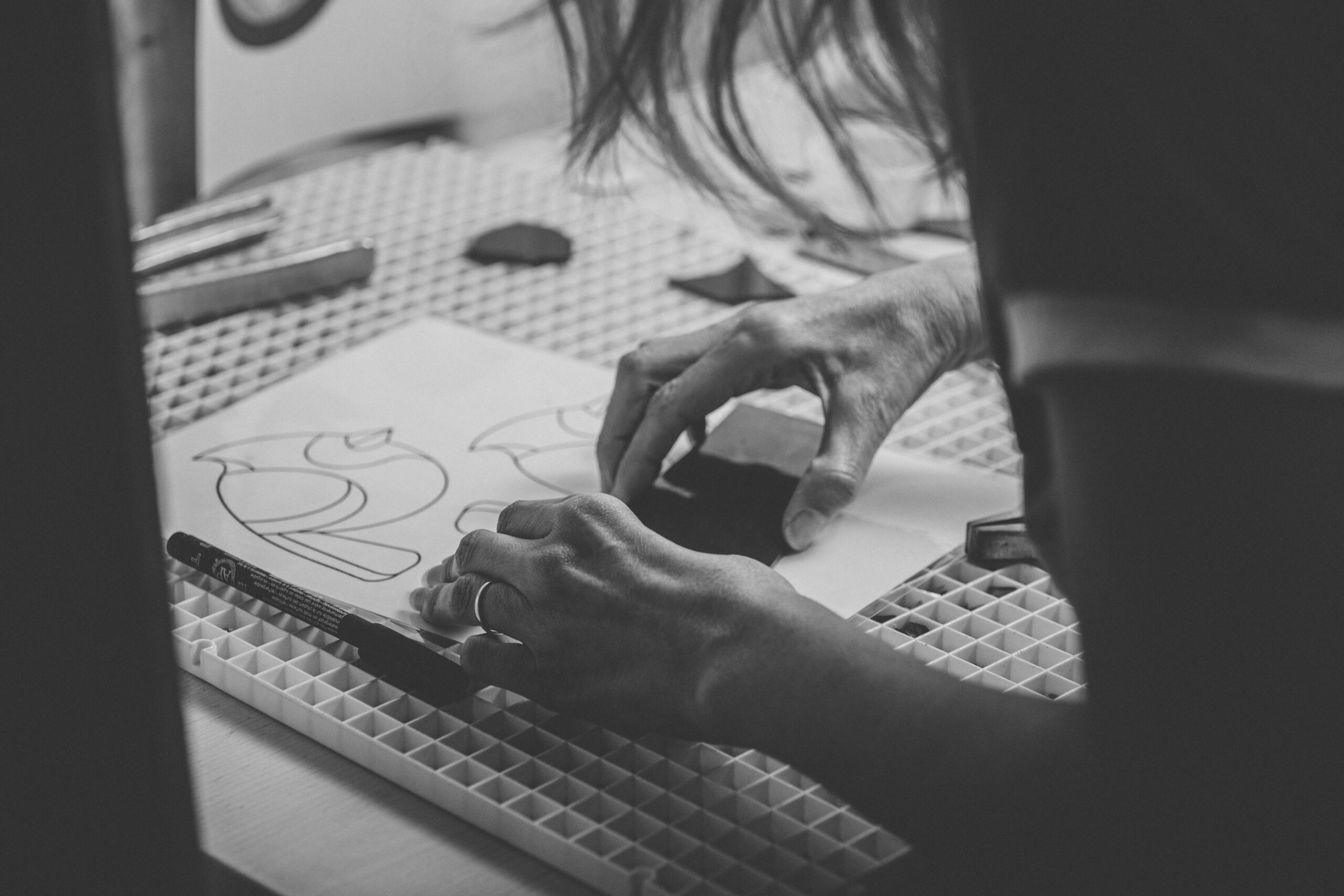
The 24-70mm F2.8 DG OS HSM | Art is my primary lens. The fast F2.8 aperture helps to separate the subject from the background and create a more intimate and emotional feel to the photos. This can be particularly effective in therapeutic photography, where I am trying to convey the client’s emotions or capture intimate moments. Overall, it is a versatile and effective tool, allowing me to capture a range of shots while creating a sense of intimacy and emotional depth.
The 70-200mm F2.8 DG OS HSM | Sports is my next choice because of its versatility and reach, making it suitable for capturing subjects at a distance. In therapeutic photography, the 70-200mm focal range allows the me to capture intimate and emotional moments without being too close to the client, which can be particularly effective for clients who may be uncomfortable with close-up shots.
JORDYN
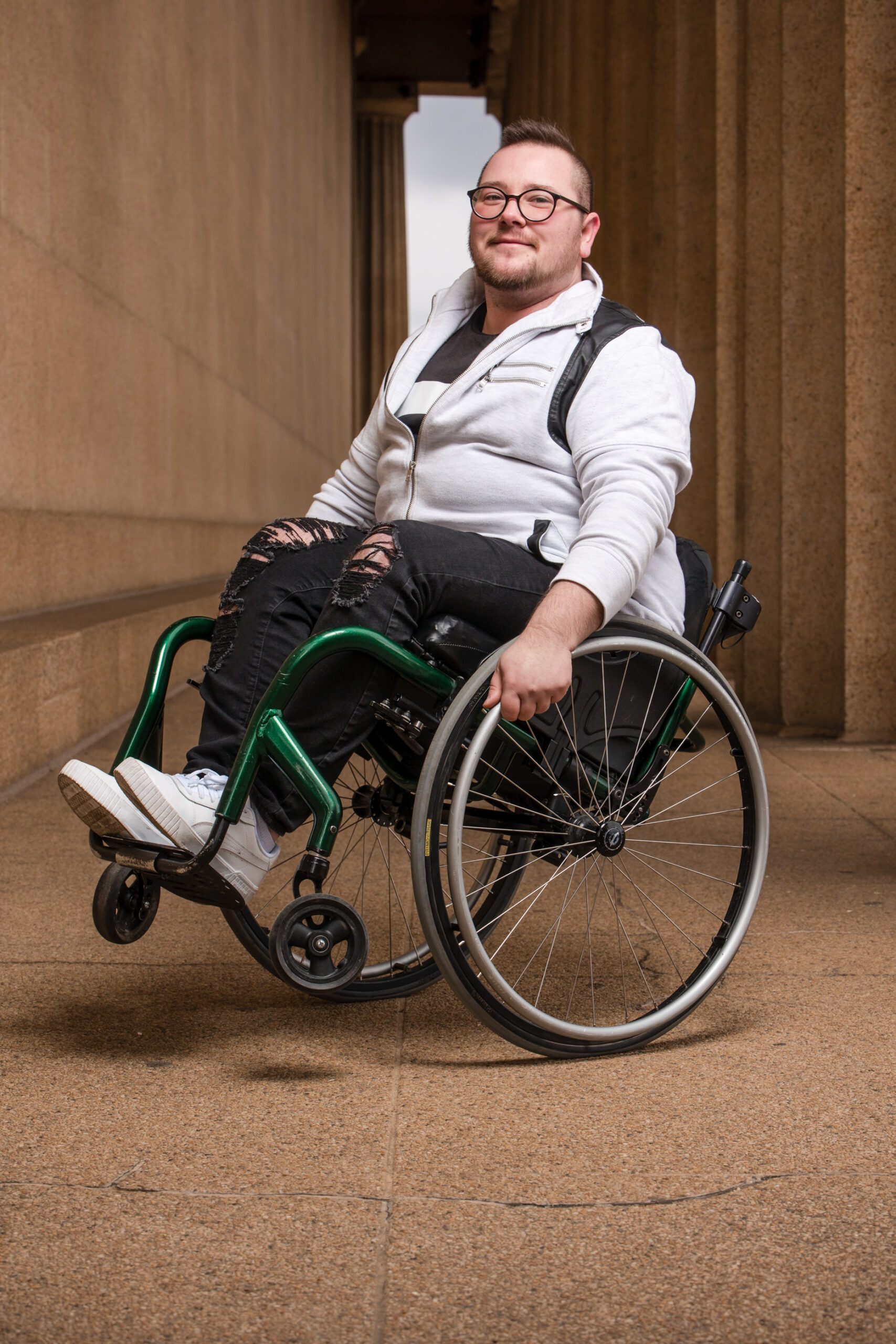
There are also times I will use the SIGMA 14-24mm F2.8 DG HSM | Art during my sessions because it will allow me to capture a larger field of view, which can help create a sense of openness and spaciousness in the images. A wide-angle lens can be especially helpful for clients who are experiencing anxiety or feeling trapped or confined. Additionally, the fast maximum aperture still allows me to achieve a shallow depth of field, which can be useful for creating a sense of depth and dimensionality in the images.
Helping to remove the barriers for inclusion
Please understand that people with disabilities can face several challenges when it comes to photography as clients. Such challenges include limited accessibility, communication barriers, limited mobility, sensory sensitivities, cost, and limited representation. Many photography studios may not be fully accessible to people with physical disabilities. This can include physical barriers such as stairs or narrow doorways, or a lack of accessible parking or transportation options. Clients with hearing impairments or speech disabilities may face challenges communicating their needs and preferences to photographers. People with physical disabilities may have limited mobility, which can make it difficult to pose or move around during a photoshoot. Individuals with sensory processing disorders or other sensory sensitivities may find it challenging to tolerate the bright lights, loud noises, or unfamiliar environments commonly found in photography studios. People with disabilities may face additional expenses related to their disability, such as the cost of specialized equipment or accommodations, which can make professional photography services more difficult to afford. Individuals with disabilities may also struggle to find photographers who understand their needs and can provide the kind of representation they desire. Overall, it’s important for photographers to be aware of these challenges and to make accommodations to ensure that their clients with disabilities feel comfortable and welcome during their photoshoots.
CHARLOTTE & KEN
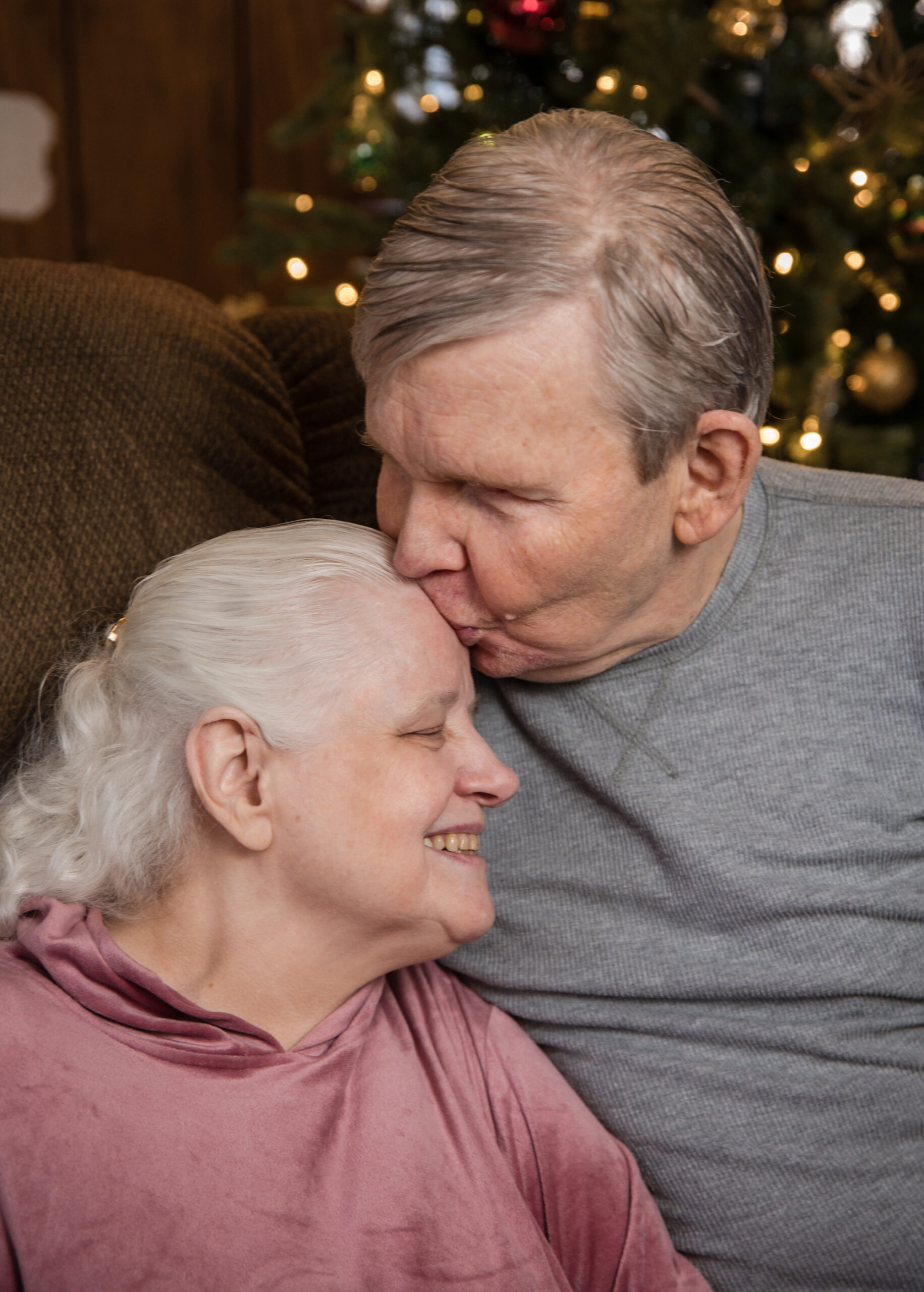
As a photographer with an invisible disability, I also face a number of challenges when working with clients and running my business. One of my main challenges is executive functioning. This is extremely difficult for me at times, and I do have someone who helps me in this area (I refer to that person as my “service human” and you will often see him with me). Executive functioning refers to the ability to plan, prioritize, and organize tasks. It does make it challenging to manage the various aspects of my photography business, such as scheduling shoots, managing finances, marketing my work, and remembering to do tasks. Everyday communication can often be difficult as well, and explaining ideas and concepts is sometimes frustrating.
Social and sensory overload are also challenges. It might appear that I am extrovert, but I do become very physically and mentally exhausted when I am in social situation. Sensory overloads tend to come in waves when I am in a crowd situation with a lot of noise. At times it is hard to maneuver during these situations and I tend to have a fidget around to regulate myself. Despite these challenges, I have developed strategies to work around them. By utilizing my unique strengths, seeking out support from peers and mentors, and advocating for my needs, I have achieved success as a photographer.
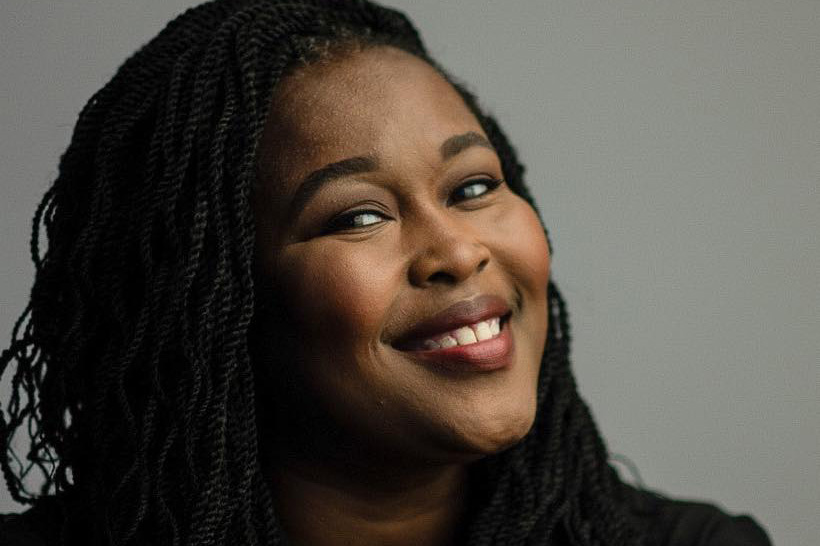
While most photographers are capable when it comes to creating images, working with individuals with disabilities – whether those disabilities are visible or invisible – does take specific skills and good communication. I have been fortunate to know how it feels from both sides, being autistic (an invisible disability) and a photographer. We live our lives like typical people but doing it in an adaptive way. We want to be seen as normal and treated the same way as anyone else would. Remember that atypical clients represent a broad range of abilities. We, as professional photographers, have the remarkable opportunity to tailor every photo experience to each client’s needs.

